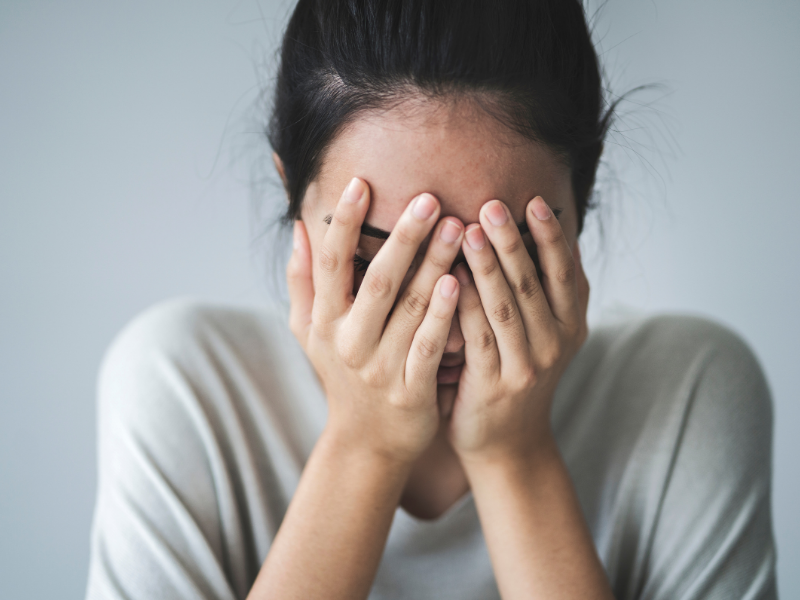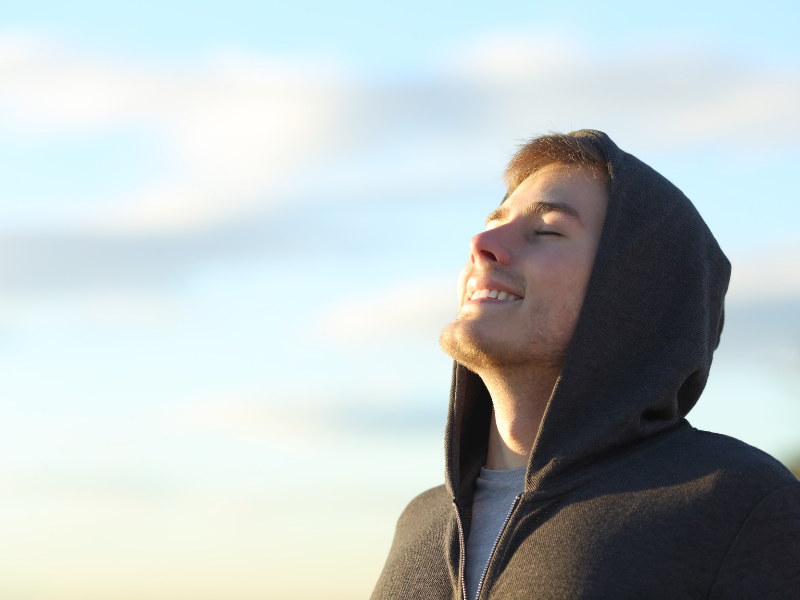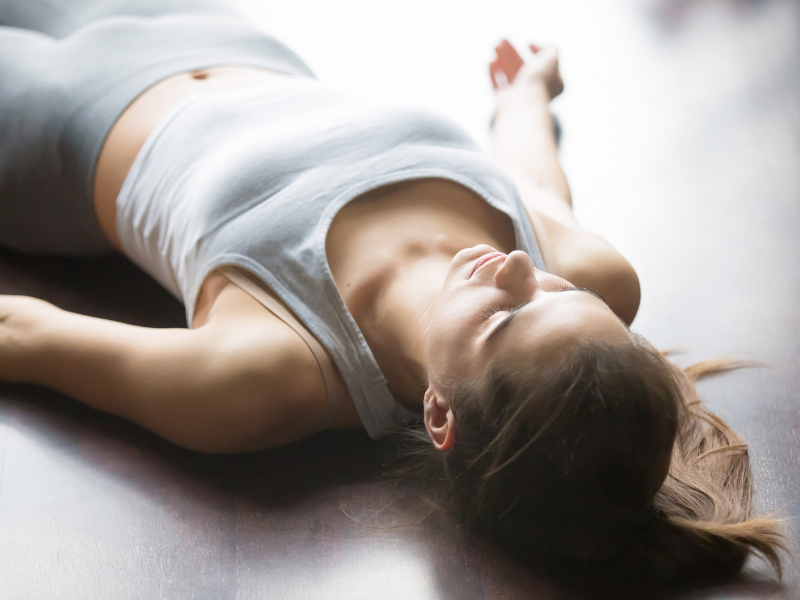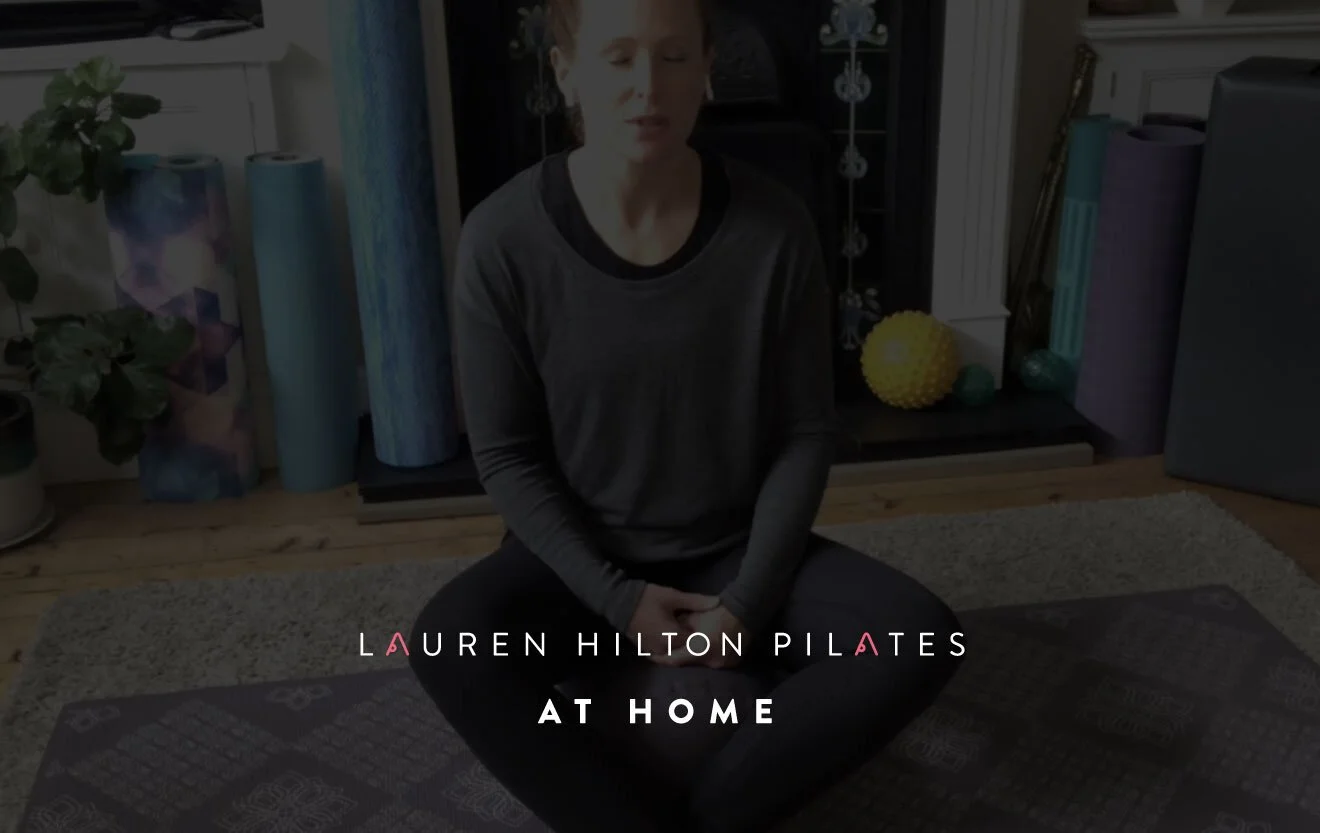Is Pilates helping me to be more mindful?
PILATES AND MINDFULNESS
This second lockdown is bringing with it even more uncertainties and worries. Never have we experienced times in which our everyday existence has been re-shaped so dramatically; from home schooling our children, working from home to not being able to socialise with our loved ones. 2020 has brought with it many real challenges but how can we manage these and maintain our health and happiness?
In this blog post I will talk about being present, or mindfulness as it’s more popularly known, and how we can use this as a tool to help us through challenging times in our life. It can be easy to rush through life without stopping to notice much. Paying more attention to the present moment – to your own thoughts and feelings, and to the world around you – can improve your mental wellbeing. You might wonder how this is related to Pilates but I will get there, and what might surprise you is that you’re may already be practising mindfulness, you just don’t realise it.
How do if I know if I am being mind full or mindful?
Have you ever driven somewhere and arrived at your destination and had no recollection of the journey there? Or been caught staring into space and someone says ‘hello, or snaps their fingers’ and you come out of it? I bet you have, because these are situations when we’ve got lost in our heads and are completely unaware of the present moment. But also, I am sure you have had moments where you have been completely present in the moment or task and where nothing else has mattered. Maybe it was the moment the sun came out from behind the clouds and soaked the hills with a myriad of light or the speech you are delivering at work but it’s in these moments that we can be purely present.
Why does being present matter?
Our brains love to think but a lot of our thinking isn’t based on facts but rather our interpretations, our experiences and memories and a lot of what our mind might be telling us may not be particularly kind. How often do we talk to ourselves with the empathy and kindness that we offer to our friends? Yeah, exactly! We spend a large part of our lives worrying about situations that haven’t even happened or we mull over past situations worrying about decisions we have made or things that we might have said. If we are constantly up in our heads with worry we stimulate our fight and flight response, this means more adrenaline and cortisol and less of the rest and digest we need for healthy mind and body function.
In the last module of my Pilates training I was reading ‘The Power of Now’ by Eckhart Tolle, in this he says ‘You are not your thoughts. Thoughts are not reality itself. Thoughts are just thoughts. When I read this I thought ‘WOW’, it was such a revelation to me and lead me to explore other spiritual writings, training and to start meditation for myself.
Mindfulness or meditation practice matters because it creates an ‘anchor’, that anchor might be as simple as your breath. Each time you get lost in negative thoughts or worries try coming back to your breath. First notice that you are breathing and how by bringing your awareness to that brings you immediately out of your thoughts and into your body. Gradually, we can train ourselves to notice when our thoughts are taking over and realise that thoughts are simply 'mental events' that do not have to control us.
So how is mindfulness related to Pilates?
The Pilates method, as you probably know, was named after Joseph Pilates. He used exercise and athletics to tackle his own physical ailments (as a child he had asthma, rickets and rheumatic fever) and became enamoured with the idea of a classical Greek god who was balanced in mind, body and spirit and began to develop his own exercise system based on this concept.
Pilates has 6 guiding principles (Breath, Concentration, Control, Precision, Centering and Flow) which were in fact not written by Joe himself, but rather by his students who condensed his theories into 6 simple ideas to make his method accessible for future generations of students.
Principle #1 Breath
Think of Pilates and the image of the powerful inhale and exhale of the “hundreds” exercise often springs to mind. You know “inhale 2, 3, 4, 5, exhale, 2, 3, 4, 5”! It is no surprise then that “breath” was one of the most essential aspects of Pilates for Joseph. Indeed, he is quoted as once saying: “Breathing is the first act of life, and the last… above all, learn how to breathe correctly.” Thanks to scientific discoveries we now understand exactly why important breathing well is so vital. Bad or inefficient breathing habits can influence every part of the body. From creating neural sensitivity, to worsening postural issues and impacting our pelvic floor health. Improving them can therefore radically improve our health.
Our breathing patterns can also impact our ability to move. For example trying perform a chest lift (curling up through head, neck and shoulders) with a held breath will get you nowhere. But breathe deeply and fully and your diaphragm will help you achieve this movement with ease. A strong outbreath can also help activate those vital – but hard to access – deep core muscles when doing abdominal exercises and reestablishing good breathing patterns after pregnancy is key in helping to heal pelvic floor or diastasis recti.
The mental benefits of good breathing habits, as recent studies on mindfulness and meditation show, can’t be overstated. A deep, slow inhale sends signals to the brain to calm down. Meaning that good breathing habits gained through Pilates can lead to a reduction in stress. Our physical and our mental health are intimately connected and Joseph Pilates knew that way back in 20s! It is probably no surprise then that learning to breathe well is a vital part of helping you to achieve your goals, whether that be fitness or rehabilitation.
Principle #2 Concentration
Anyone who has ever taken a Pilates class will know that this type of movement requires maximum focus. Try moving your legs and arms in the air whilst keeping your pelvis completely still and your shoulders relaxed. You get the picture. However, for Joseph, “concentration” meant more than just the attention required to successfully perform each exercise. In fact, he believed it was vital for his students to focus intensely on the movements their bodies were performing for them to reap both the mental and physical benefits of Pilates. Again, that Joe Pilates was ahead of his time, you see where this is going! Thanks to the current stream of scientific research around mindfulness and meditation, we now know that this kind of “mindful movement” can reduce stress, blood pressure, and can help us manage pain better.
Concentrating on your body whilst doing your Pilates exercises – rather than, say, thinking about what your boss said in an earlier meeting – also has other advantages. By focusing your attention inwards, you can learn to feel where you are moving from and what muscles are working. Through this your body awareness will increase and this can help you become more efficient in your daily movement, be that sitting at your desk or running that half marathon. This improved body awareness as a great way for people to learn to relax their muscles as well as engage them.
Prospective clients often come to me and say ‘I’ve been told I need a strong core to help my back so I have been pulling in my abs’. However, It is just as important to learn to release, to soften and to let go order to improve overall physical health. Try something right now, make a really tight fist, then try to bend your wrist . Do you feel how it is really difficult? Now let go, hold your hand relaxed, and then bend. When we are only working the muscle that we want to work it makes it easy and effortless. When we fight something, and can’t relax an area to work another it makes it much more difficult. That is meditation. The ability to let go and connect.
Principle #4 Control
Pilates was originally called Contrology, so unsurprisingly one of its central principles is all about “control”. Joseph placed great emphasis on the importance of deliberately controlling every movement and all parts of the body when performing the Pilates repertoire. He also designed the Pilates equipment (the reformer, chair and Trapeze table) for this specific purpose. Total control of the body is required to make sure the pulleys and springs of the machines glide smoothly. But for Joe, control was about more than just the body though. Romana Kryzanowska, one his original students, once said, “Pilates is about stretch, strength and control. And control is most important because it uses your mind”.
As with the other principles, Joseph wanted his students to cultivate a mind/body relationship. To do so, he believed participants in a Pilates class needed to exercise control over the mind to create exact movements in the body. This is especially important for those clients who might feel their bodies are out of their control due to injury, illness, pregnancy, or just years of inactivity. By developing this level of control through Pilates, you’ll also learn new and more efficient ways to move. There is also science to back this up.
As with acquiring any new movement skills, doing Pilates exercises ‘soft-wires’ them into the brain, which means they are still a conscious effort to produce. Over time, however, they get ‘hard-wired’ into the brain and become automatic. For those in rehabilitation for an injury: work on controlling your movement through Pilates and eventually these healthy movement patterns will become a natural part of your life. The same applies for those who are simply looking to challenge their body and mind through doing the more advanced Pilates exercises.
Principle #6. Flow
The ultimate goal of Pilates is to encourage the body to move with ease and fluidity through even the most challenging of movements. Given that many of Joseph Pilates’s early clients were ballet students, it is unsurprising that there is this emphasis on beautiful, graceful movement. Flow really just means ease of movement, whether that’s in Pilates or as you move through your day.
An ability to move fluidly through exercises that involve the coordination of various body parts means that your body now automatically knows what to do. It means that your brain has processed the cues given during your class and you now understand when to apply effort, how much is appropriate, and where each movement should be coming from. You might close your eyes because you trust that your body knows exactly what it’s doing because you can feel it and can be truly present.
So is Pilates helping me become more mindful?
Yeaaaahh, absolutely it is!
Can you lie down on your back and receive the support from the floor? Can you feel the parts of you that make contact with the mat and the parts that do not. Are there any sensations, warmth, tingling discomfort? ‘Oh wait, I just thought about my dinner’, don’t worry about it, like I said our brains just love to think, if you noticed just a few sensations or observations in how your body is right now then you were present. Can you feel the internal movement of your breath even whilst your body is still, can you inhale slowly and fully and exhale slowly and fully and be the observer of the breath. If you can, even for a moment, then you are present.
Included below is a short relaxation meditation practice that I’d like to share with you. Enjoy x
LAUREN HILTON PILATES MEDITATION - click on the video above to follow our guided meditation practice.
If you enjoyed this video, and would like to practice Pilates with me at home, please take a look at my LHP At Home subscription.




